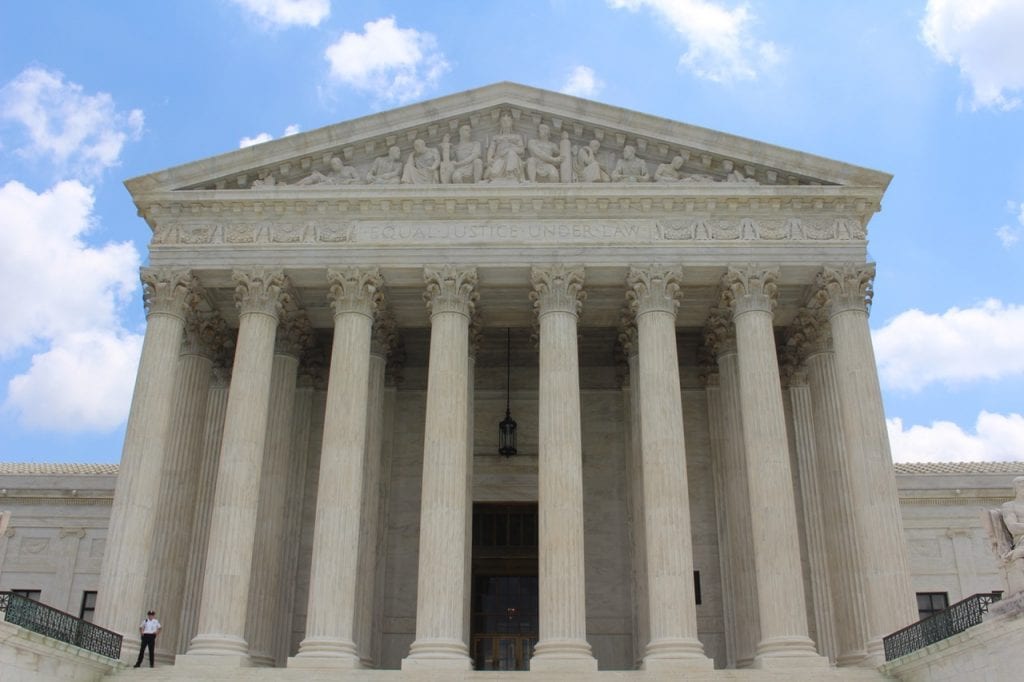After years of gestation, and several delays, the Department of Labor’s fiduciary rule is finally set to be implemented.
In a surprise move, Secretary of Labor Alexander Acosta has refused any further delay of the rule. It is important to note that this decision means that the rule will only go into partial full effect on June ninth. Full implementation won’t occur until January 1, 2018.
What is the rule?
The DOL fiduciary rule states that all retirement-financial advisors are required to operate as a fiduciary. A fiduciary is required to put their client’s needs before their own.
Those operating as a fiduciary must avoid conflicts of interest and operate with full transparency, including all plan costs and fees. Advisors must now have their clients sign a “best interest contract,” which requires any conflict of interest to be disclosed.
According to a statement by the DOL, “These fiduciary standards require advisors to adhere to a best interest standard when making investment recommendations, charge no more than reasonable compensation for their services and refrain from making misleading statements.”

Under current rules advisors, insurance salespeople, and broker-dealers may act under the suitability standard if they choose. The suitability standard requires these individuals to ensure an investment is suitable for a client at the time of investment.
Advisors who do not operate as a fiduciary are allowed to use incentives such as quotas, bonuses, or prizes. These incentives could potentially encourage recommendations that are not in the client’s best interest.
To be clear, this rule does not affect regular brokerage accounts; rather it applies to retirement accounts and the advisors who handle them.
Fiduciary Rule Timeline
The rule was proposed on April 14, 2015. From there it was fast-tracked by President Obama and was officially finalized by the DOL almost a year later, on April 6, 2016.
Since it was announced, the rule has been under intense scrutiny from a large section of the financial industry. Opponents claim the rule is an example of regulatory overreach. Still, as of now, the rule has been upheld in three separate court cases.
Most recently, Texas federal trial Judge Barbara M.G. Lynn ruled in favor of the Labor Department in a case where the plaintiffs included the U.S. Chamber of Commerce, and the Securities Industry and Financial Markets Association.

On February 3, 2017, Trump issued an executive order that instructed the Department of Labor to examine, and undertake an assessment of the rule, and if it deems appropriate, a proposal to revise the rulemaking.
Then, on March 1, the DOL submitted a 60-day extension of the rule’s implementation. The DOL, as urged by President Trump, used this delay to review the regulation.
And, while the review is still ongoing, many insiders expected the review to end in a rule change or a further delay.
But Secretary Acosta, in an article in the Wall Street Journal, said that until this point, the department has, “found no principled legal basis to change the June 9 date,” while they continue to seek public input.
It is worth noting that while the fiduciary rule will finally go into partial effect, the rule itself is still subject to change. The DOL could still write changes into the regulation. Still, as of now, the rule is set to go into full effect January 1, 2018.
Sign up for our newsletter to get the latest updates on any further changes to the fiduciary rule.

